The nature around me in my spot is an art piece. It grooves to its own beat, living, flourishing and dying. This art is something that has always sparked an interest for me through my Jewish religion. As a child I was always taught to give to others, to be caring, and loving. This reflects the environment for me, giving, caring, and loving the outdoors. I feel a certain urge to protect this spot in the woods. To care and love it. Nature makes me feel closer to my religion and the earth. It reflects my beliefs and brightens my passion for the outdoors.
It was a damp wet day as I sat at my spot for the final time. I felt droplets of rain on my face and body almost as if the spot knew it was my final visit. When I first visited my sight it felt like a chore, a grade that I was trying to achieve in my class. But as I continued my year in this spot, I grew to become attached to it. To admire all the life around me, to understand and grow with it. I have seen animal footprints, I have seen the trees bloom and die, and I have noticed the blooming of the flowers. I have felt the warmth of the fall, the harshness of the winter, and the rain in the spring. It has grown to be a part of my life. Learning and growing with it. I can close my eyes and know all my surroundings, hear the water, the breeze through the tall Pine trees, and the birds leaving and joining me again in this spot. Truly this is not “My phenology blog”, this is “Our Phenology blog”. It is the gift that the environment has given me to make this possible. To let me take a peek into this spot. I have become a part of this spot because I am a species too, an animal in this world that notices, feels, hears and thinks. This is our spot.
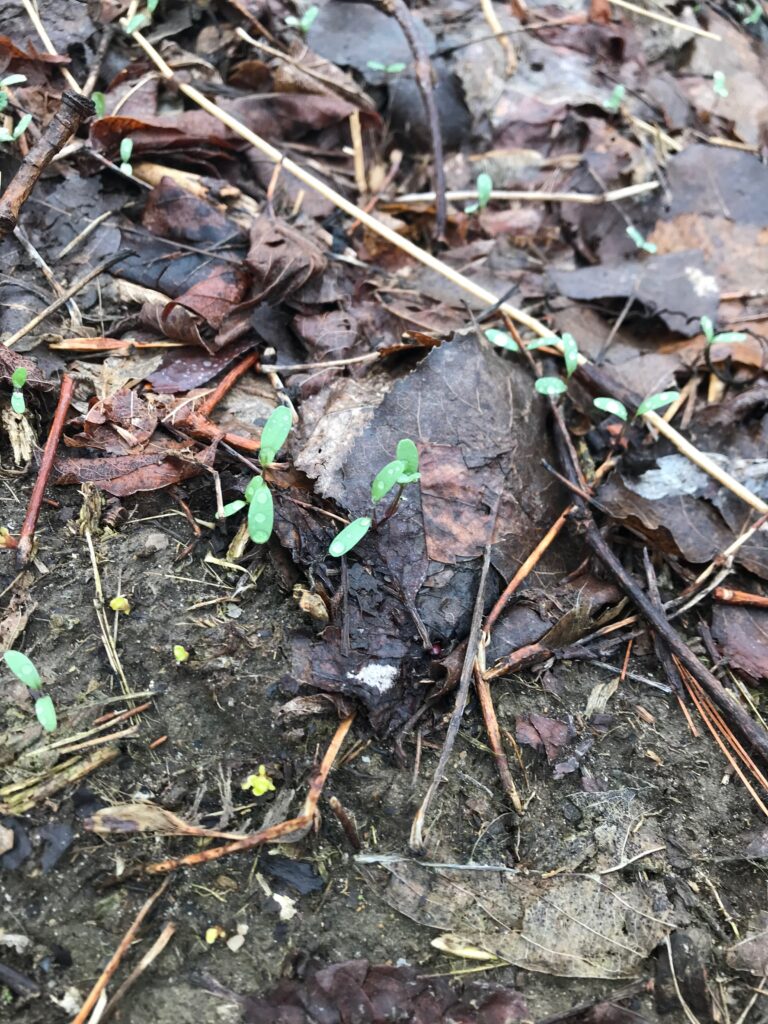
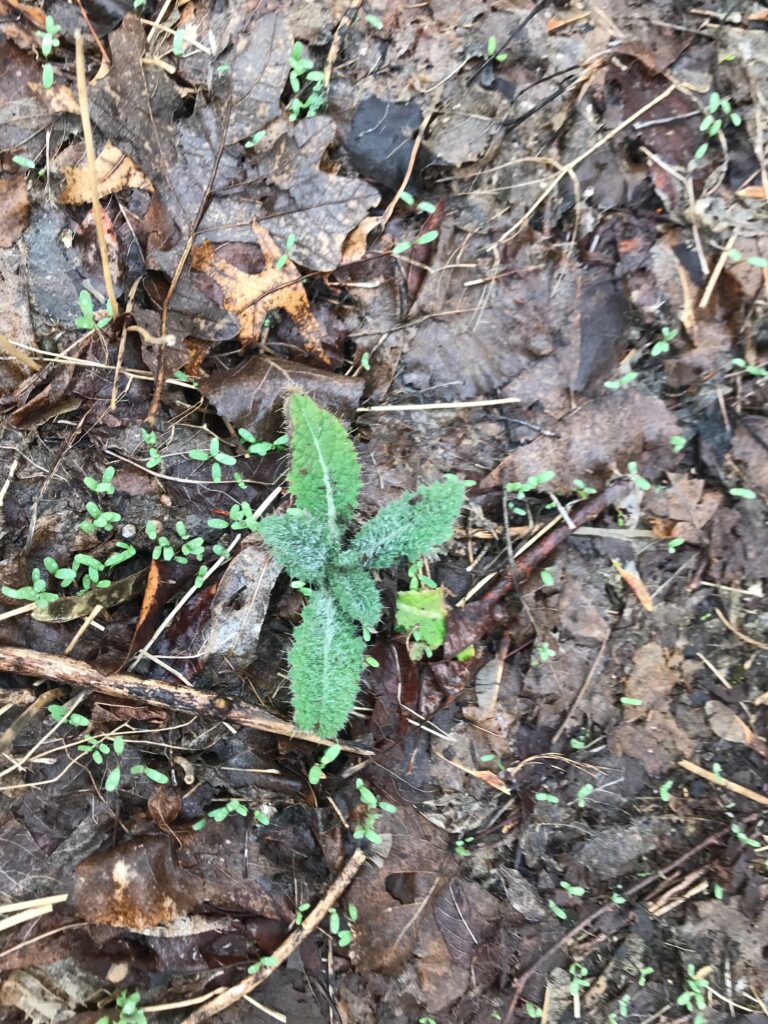

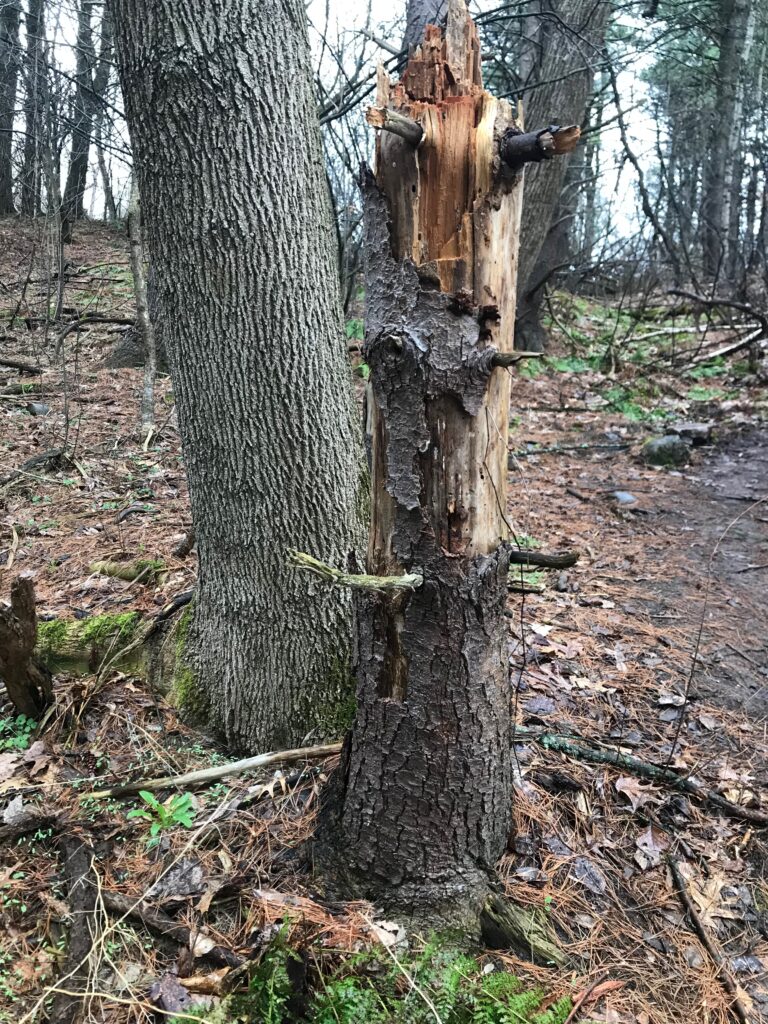
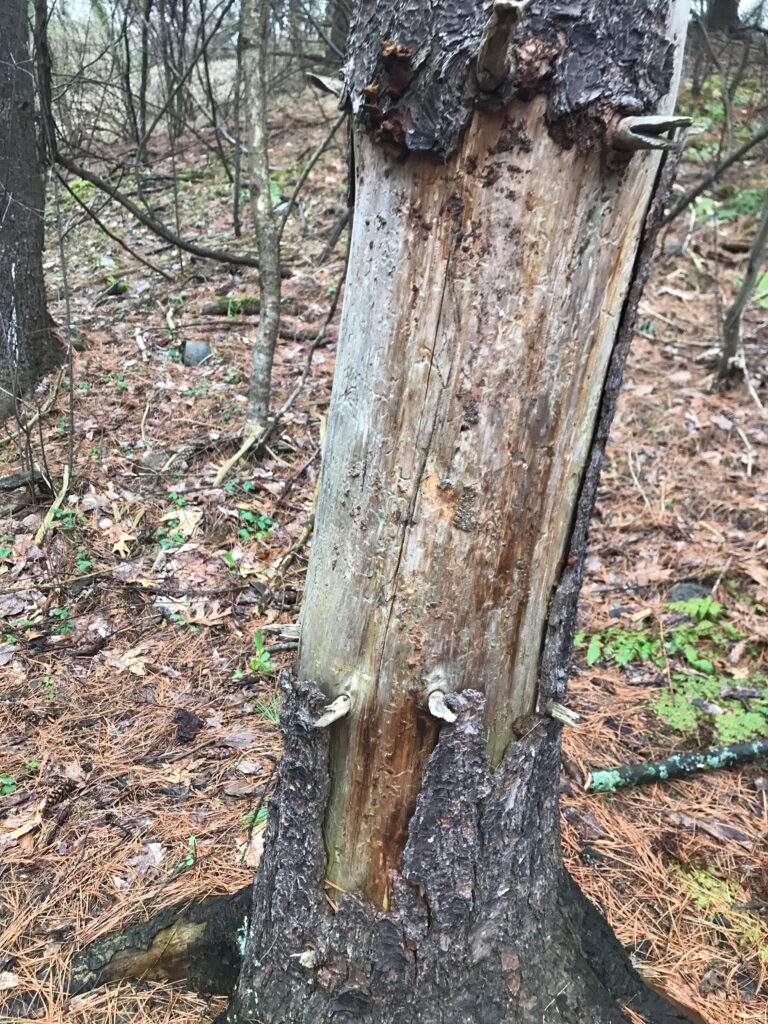
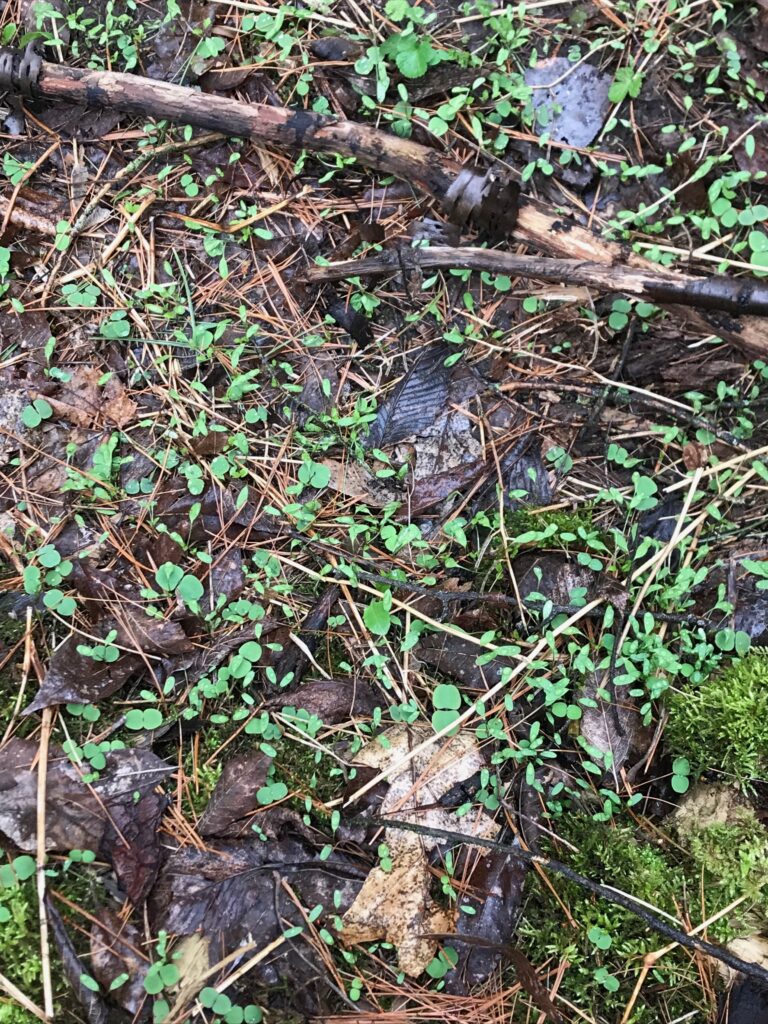
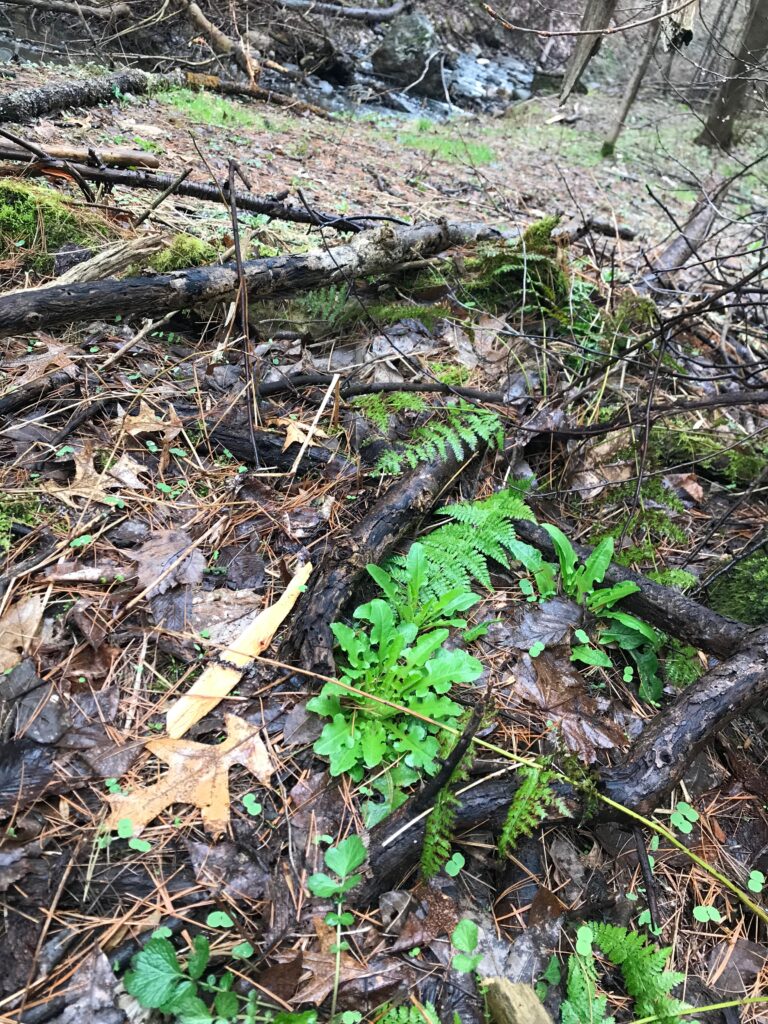
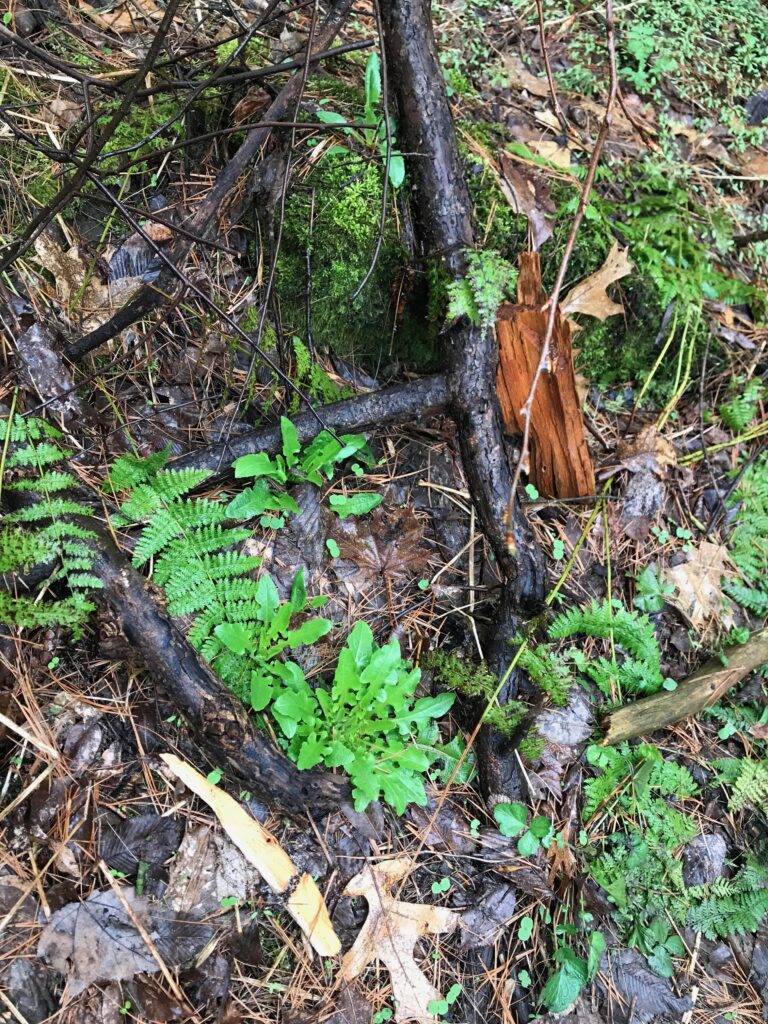
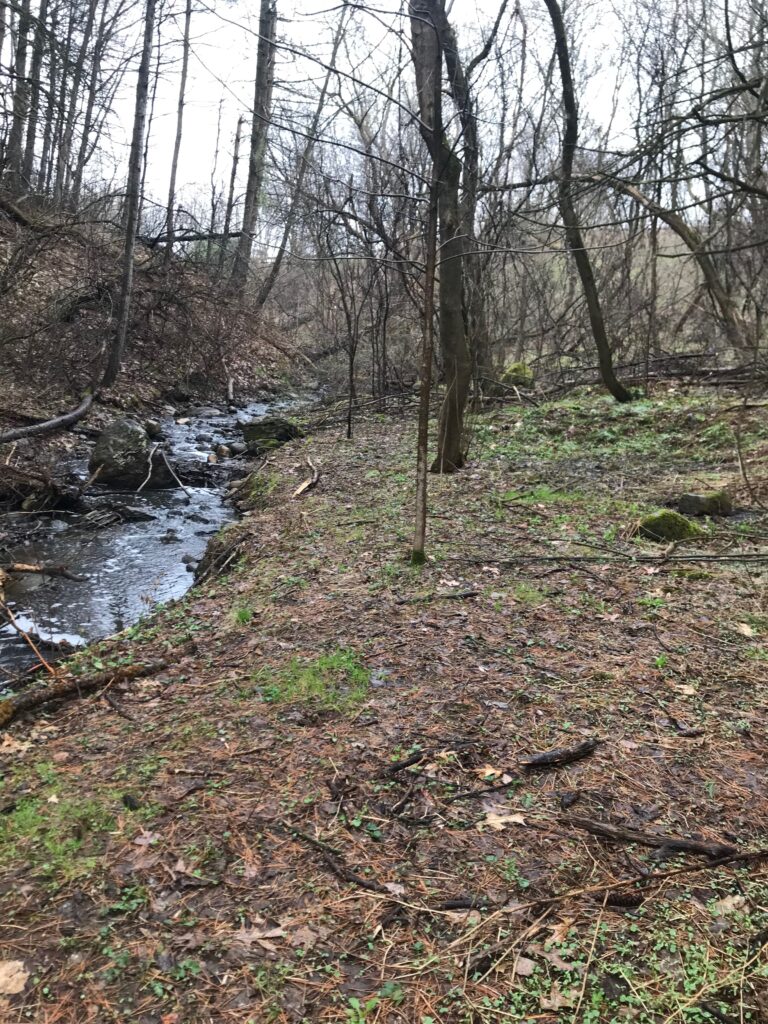
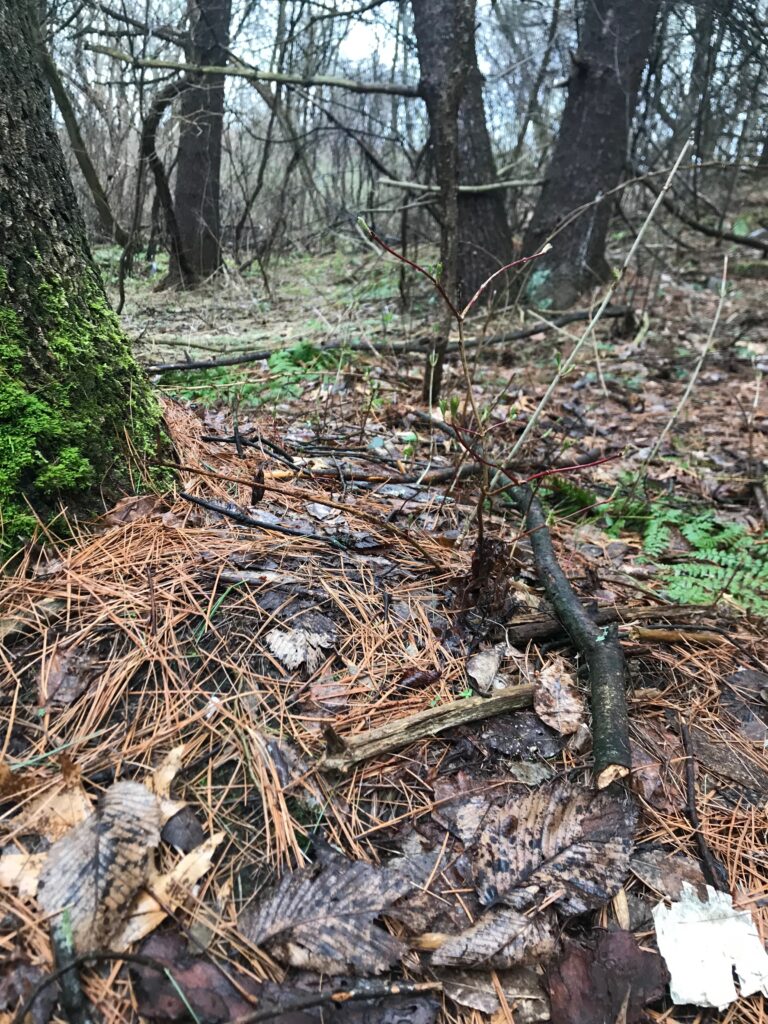
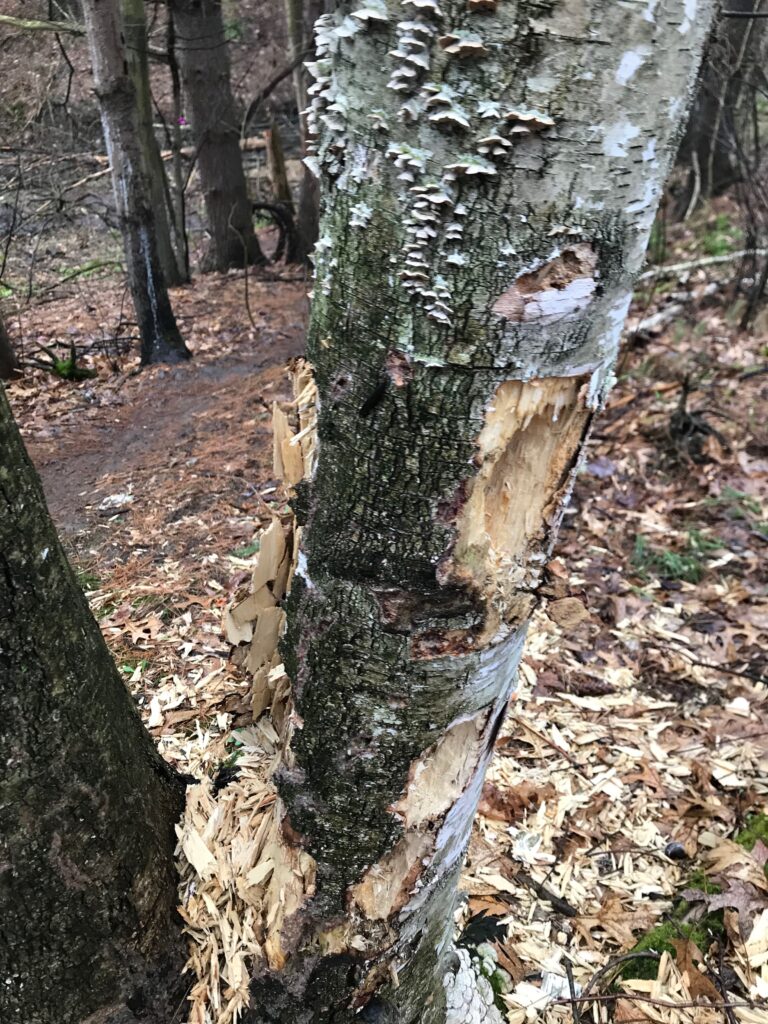
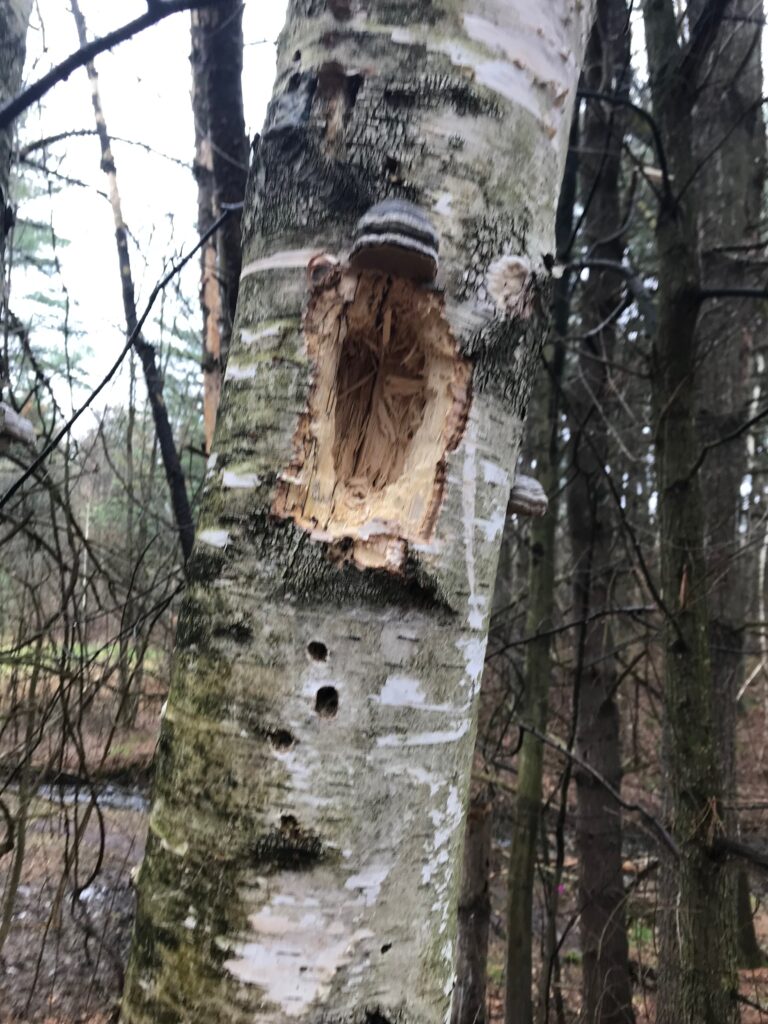
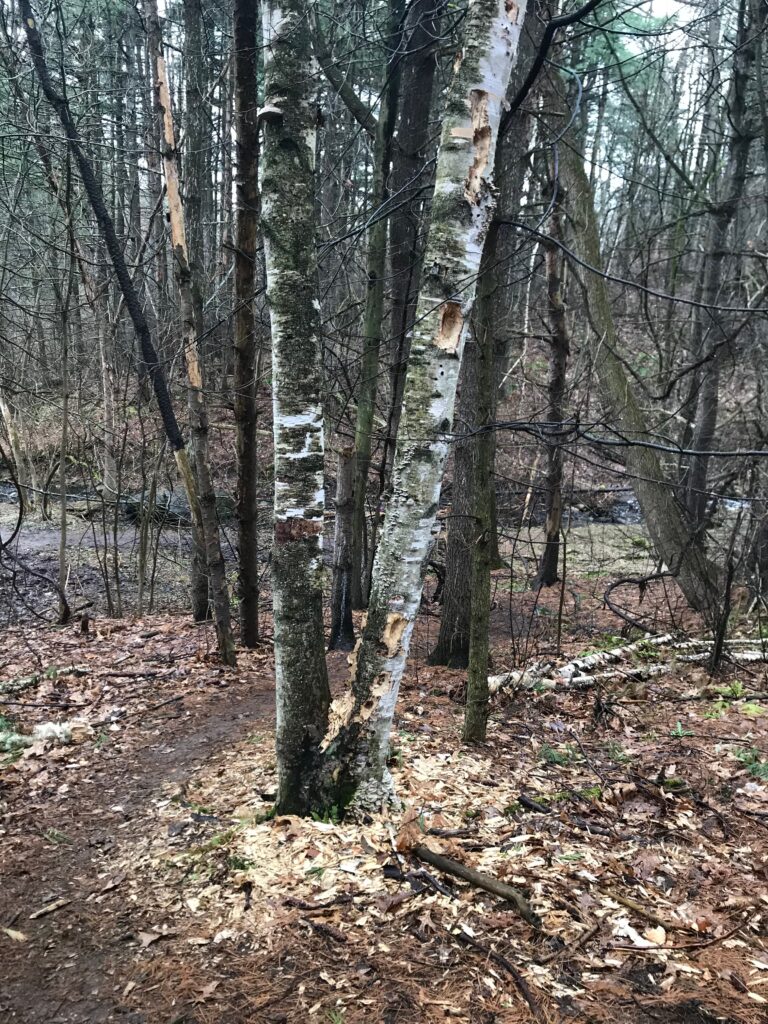
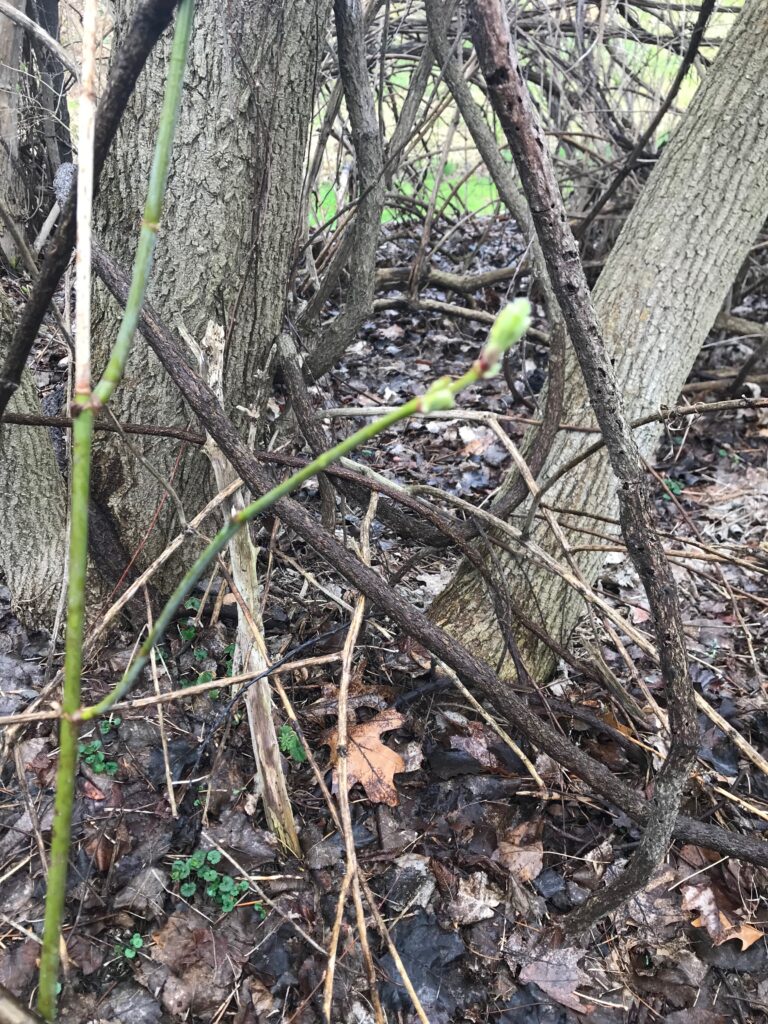
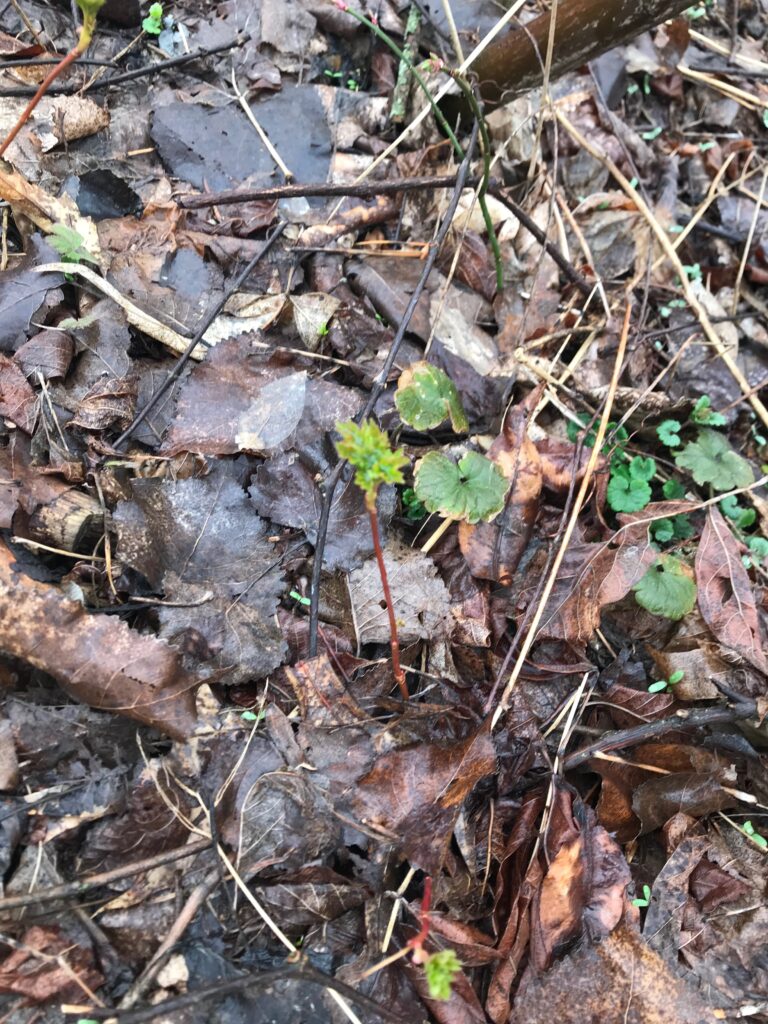

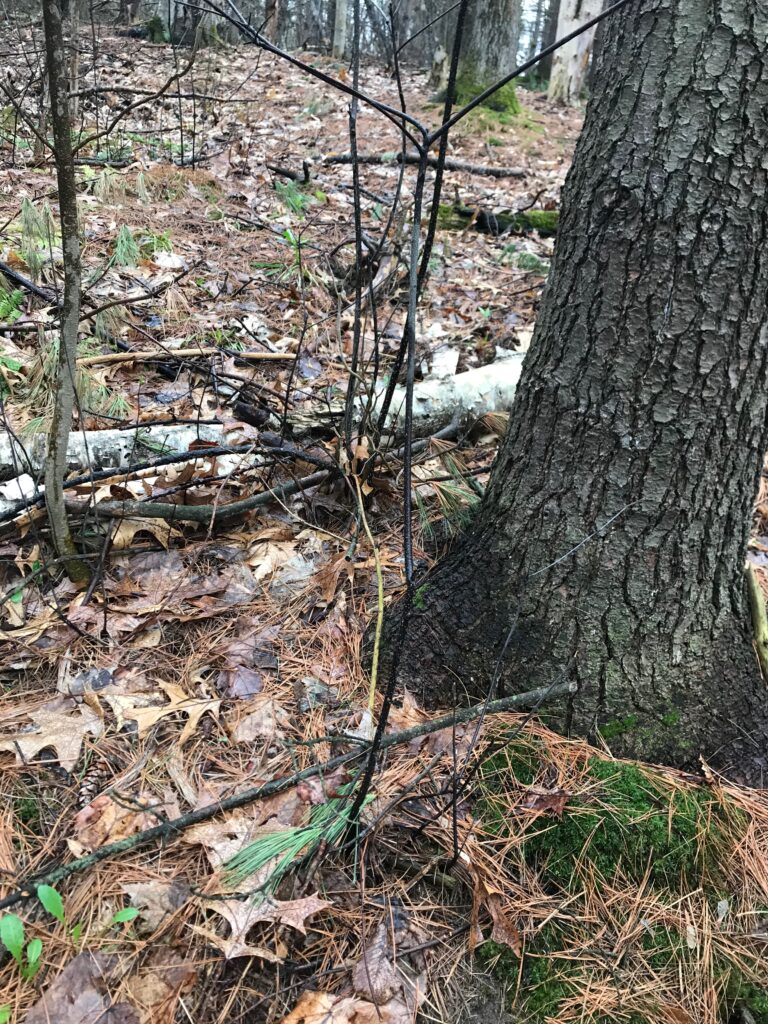
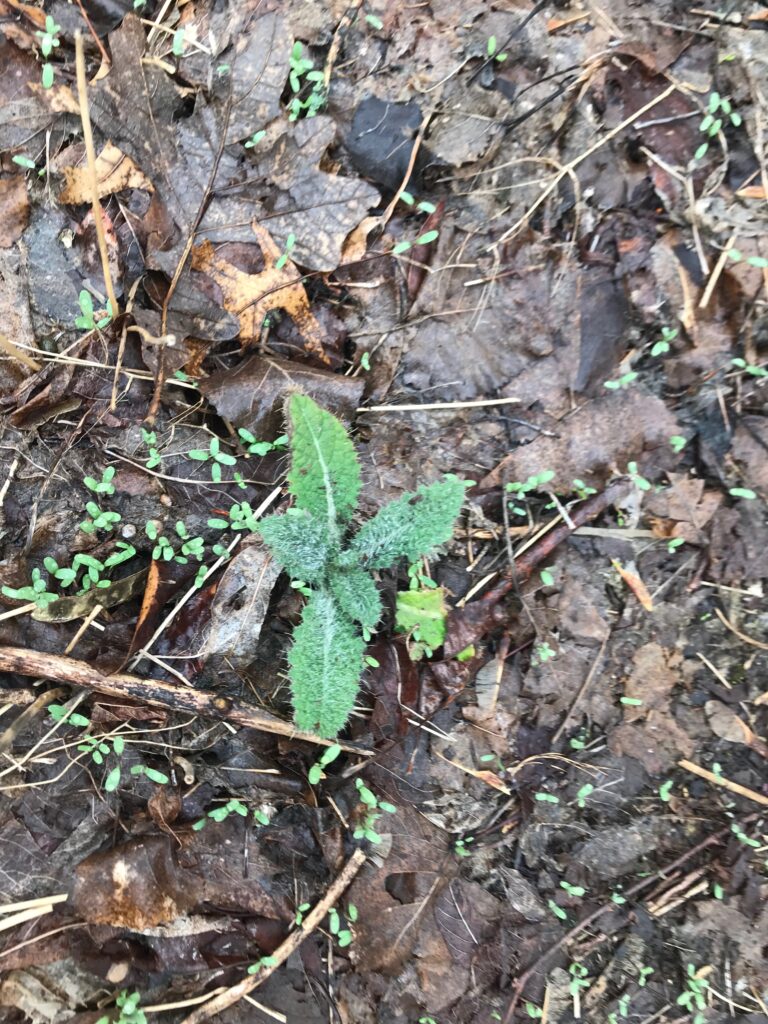
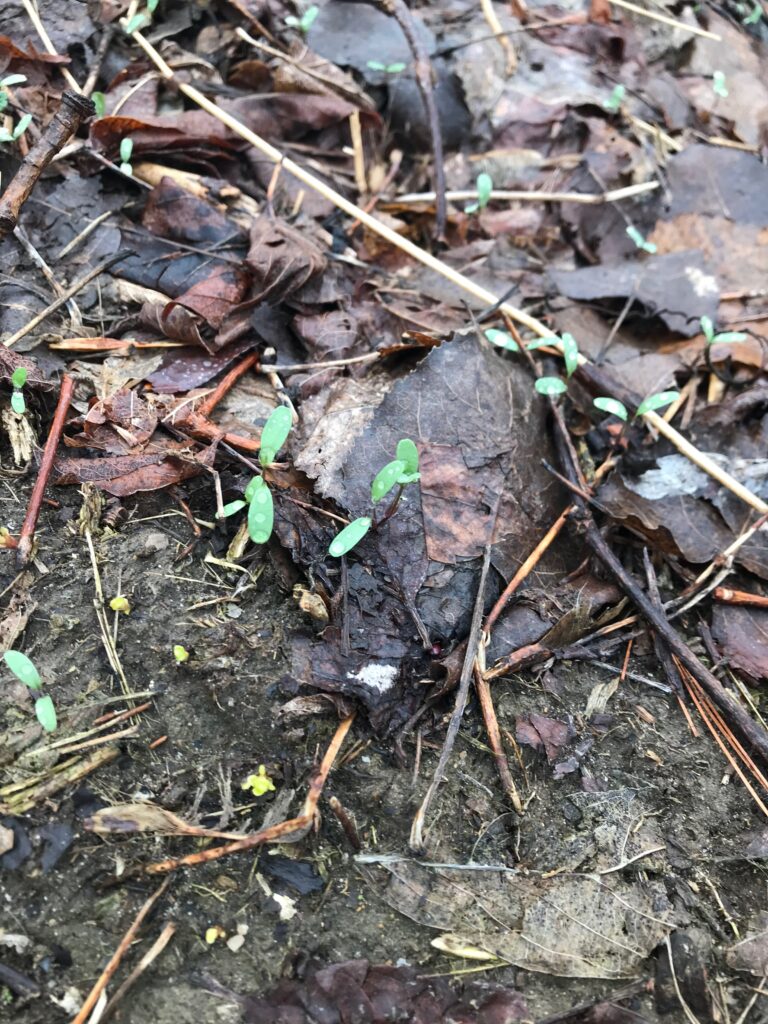

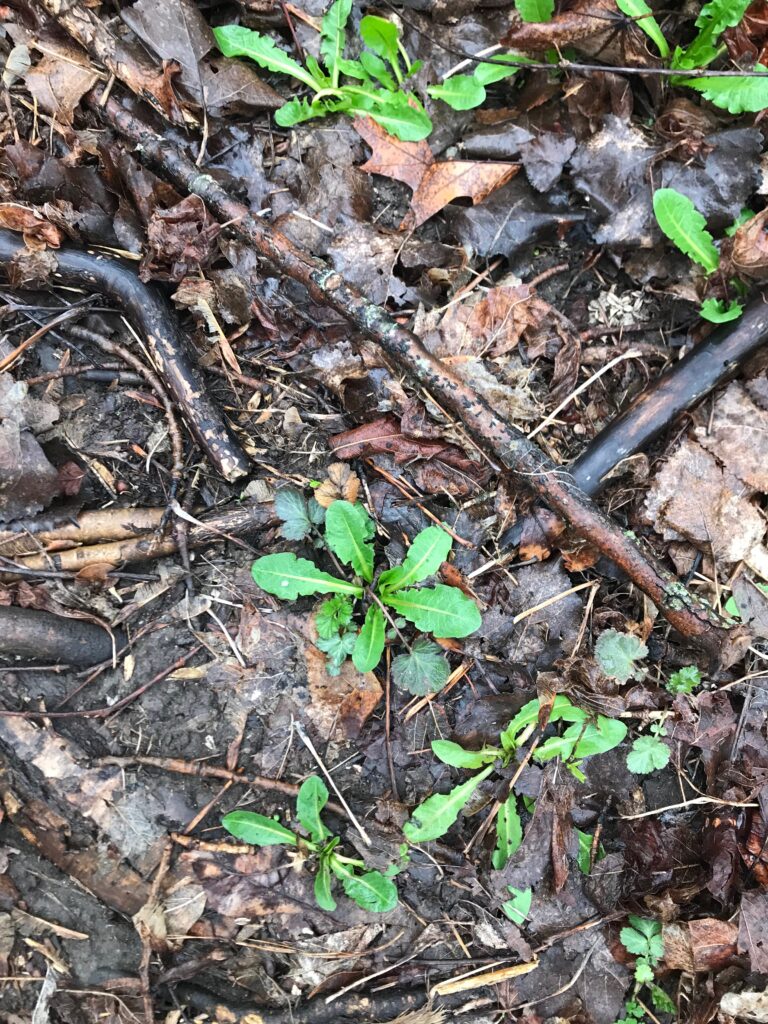
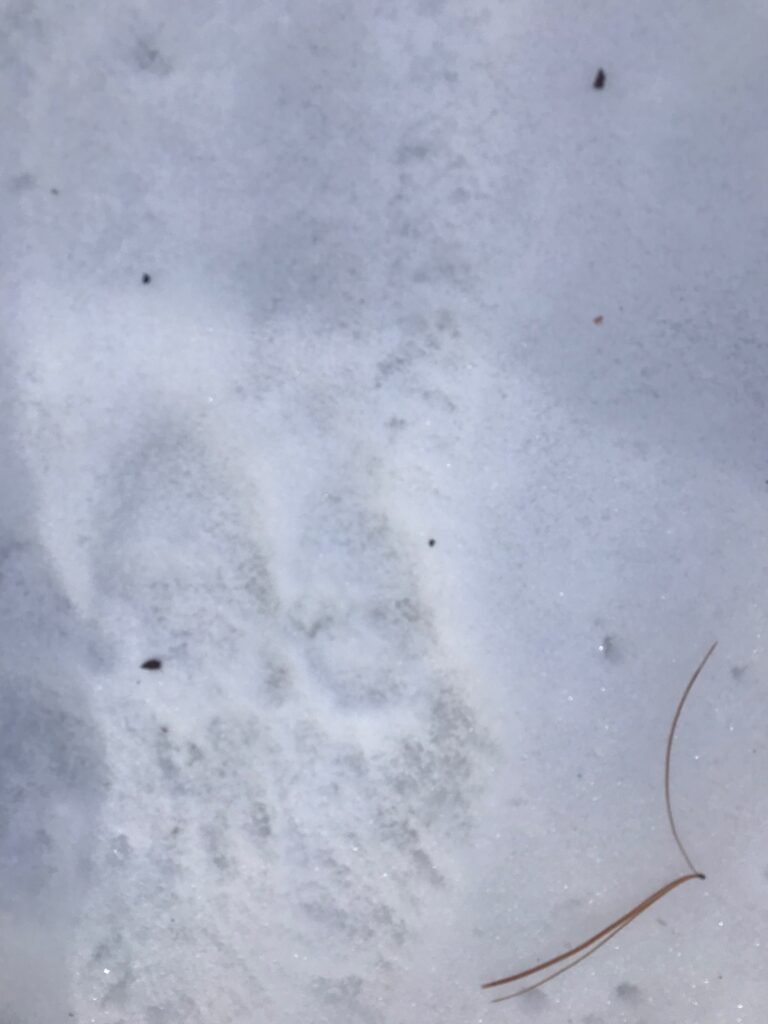
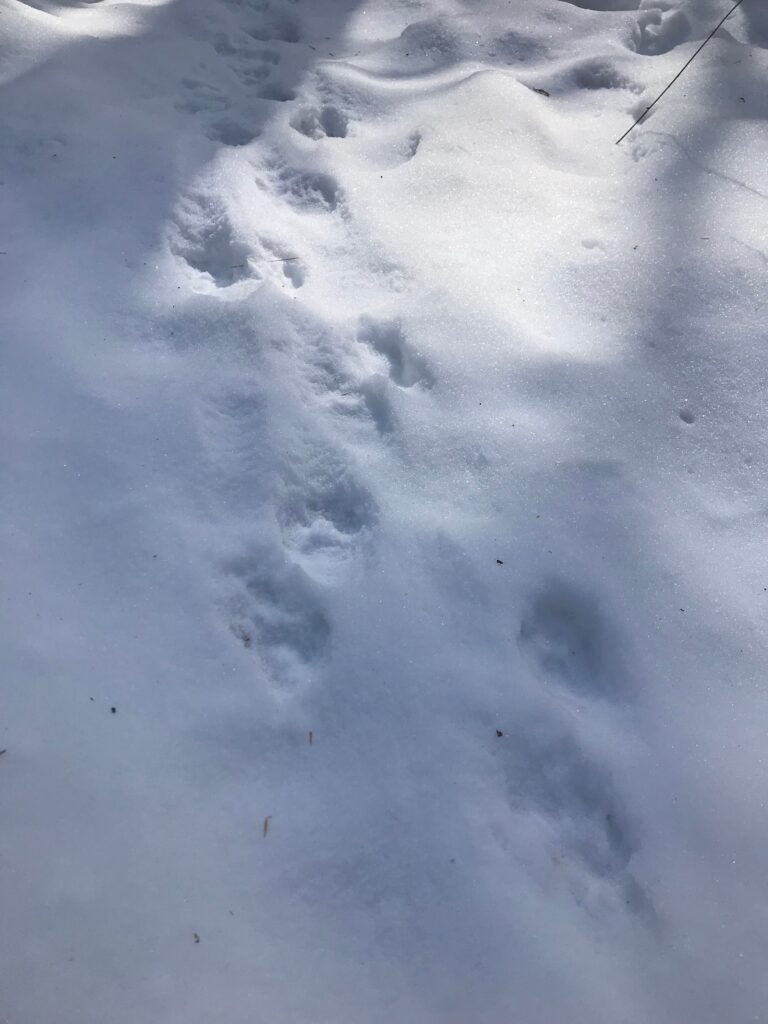
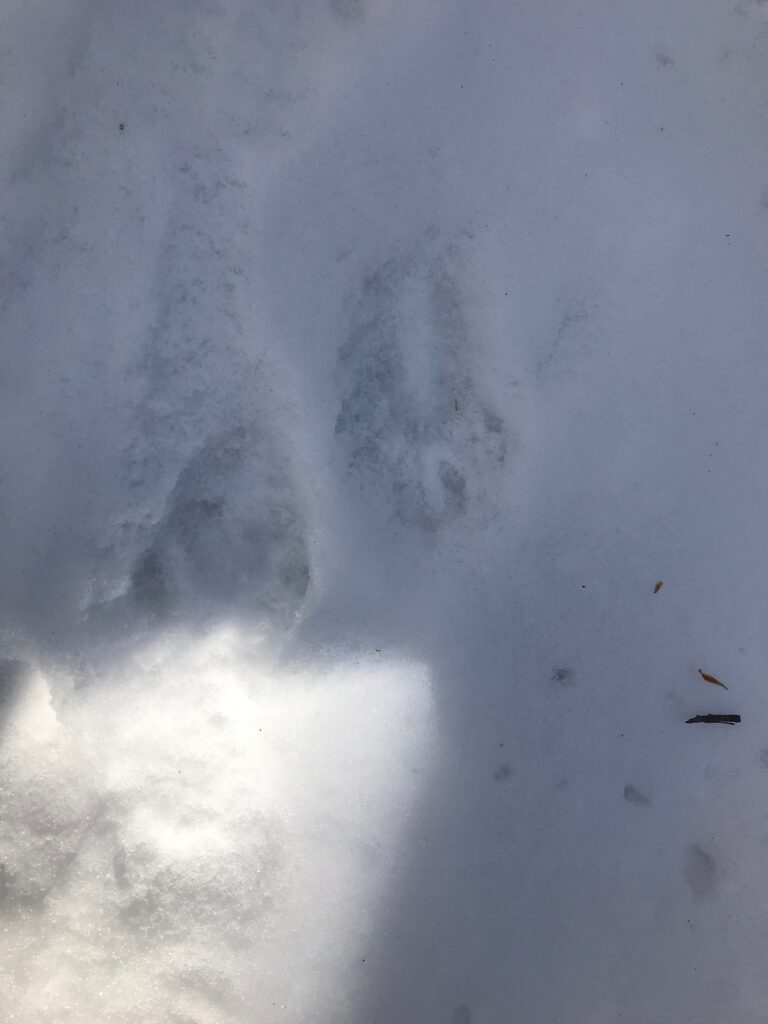
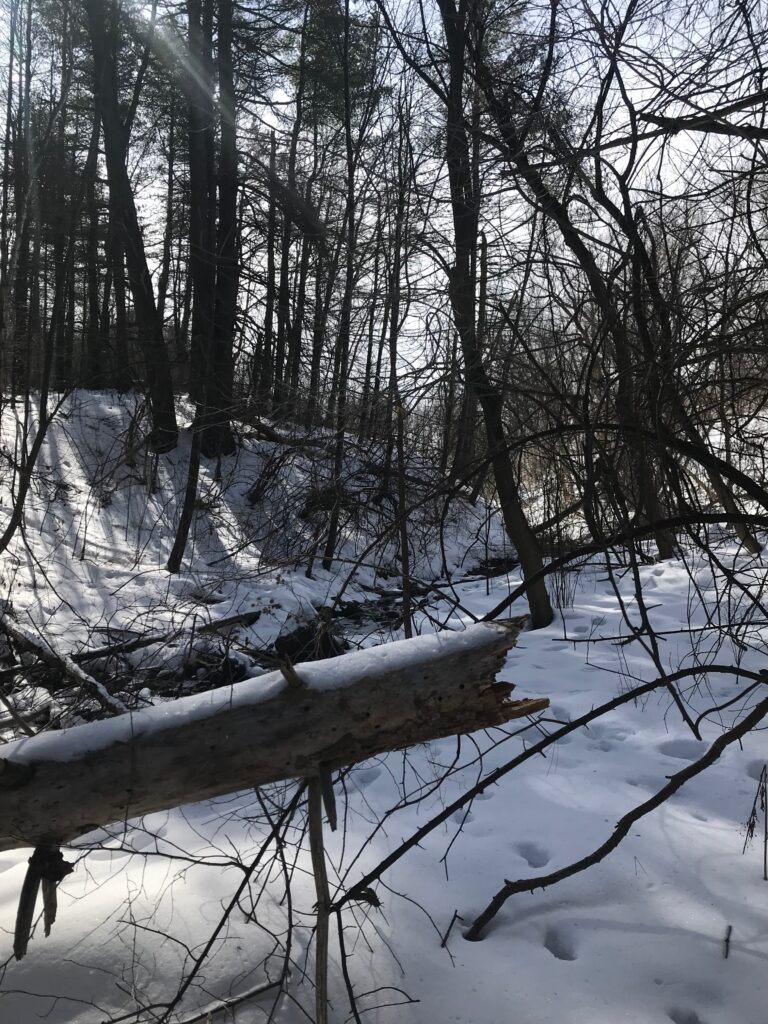

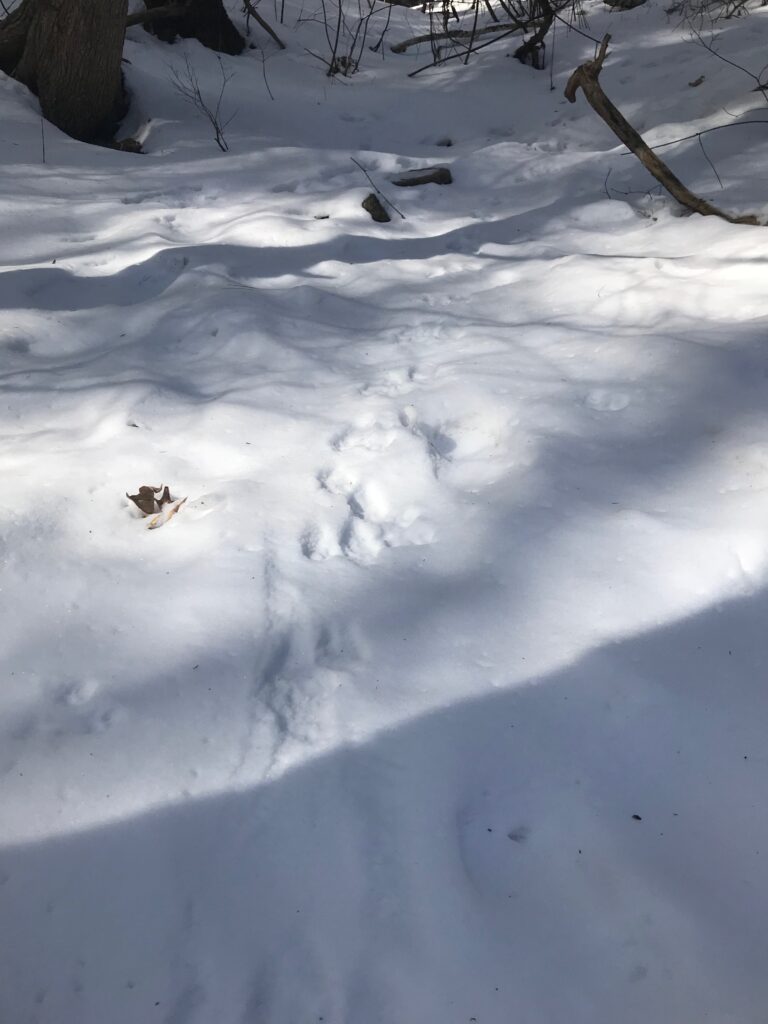
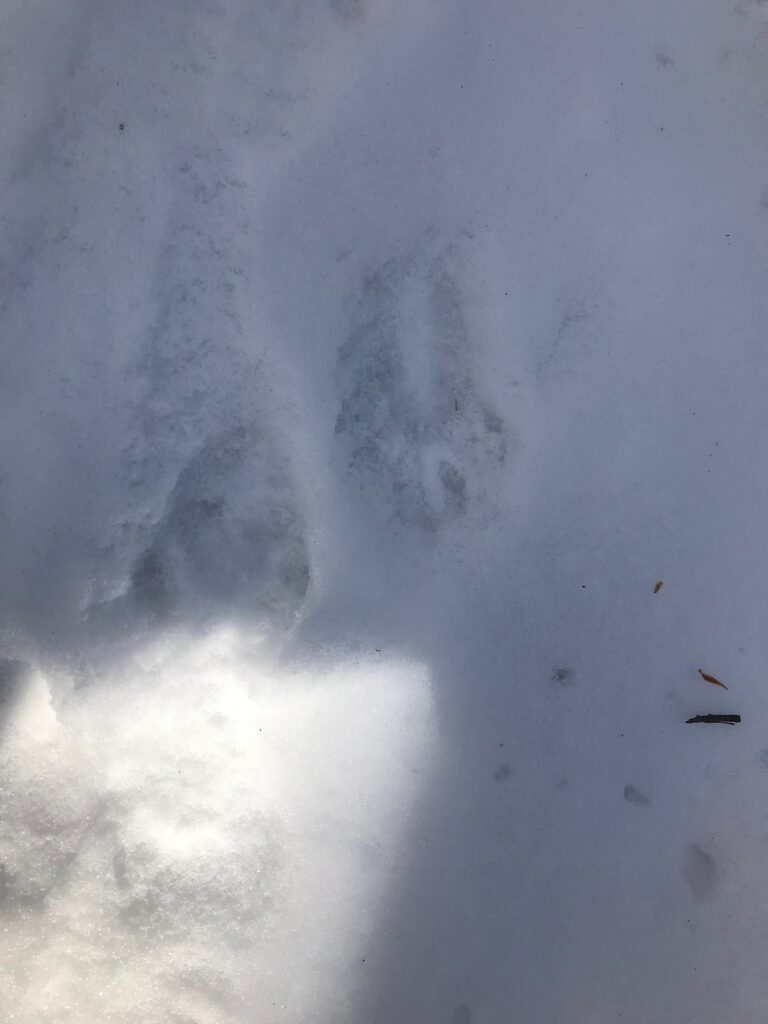
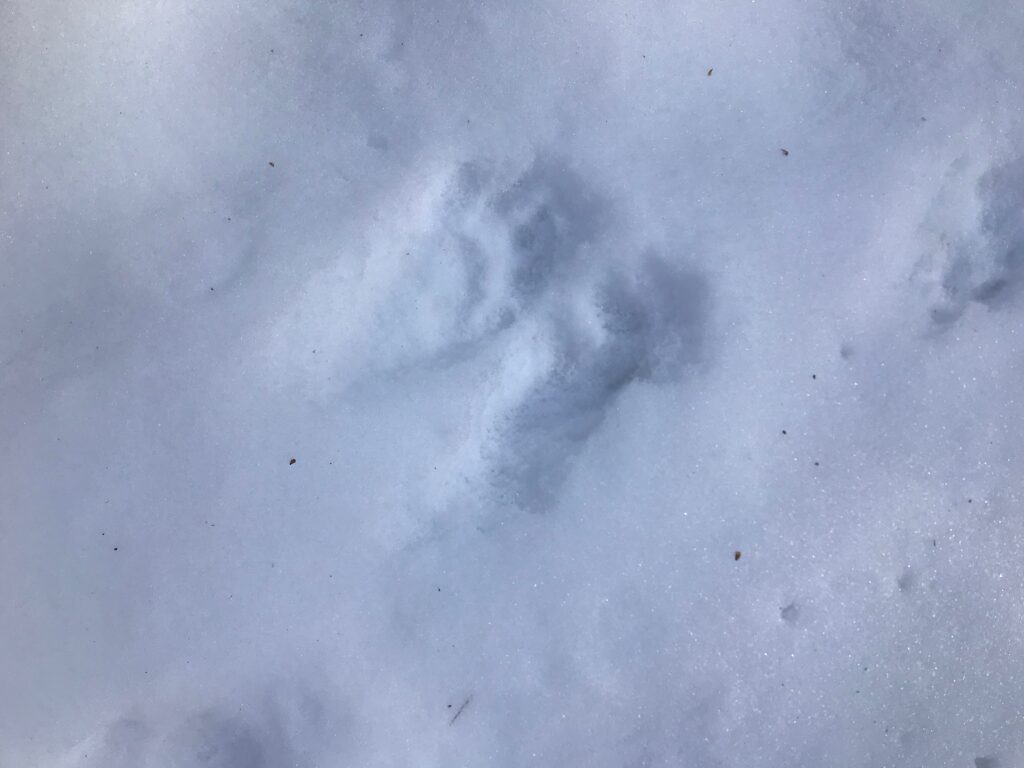
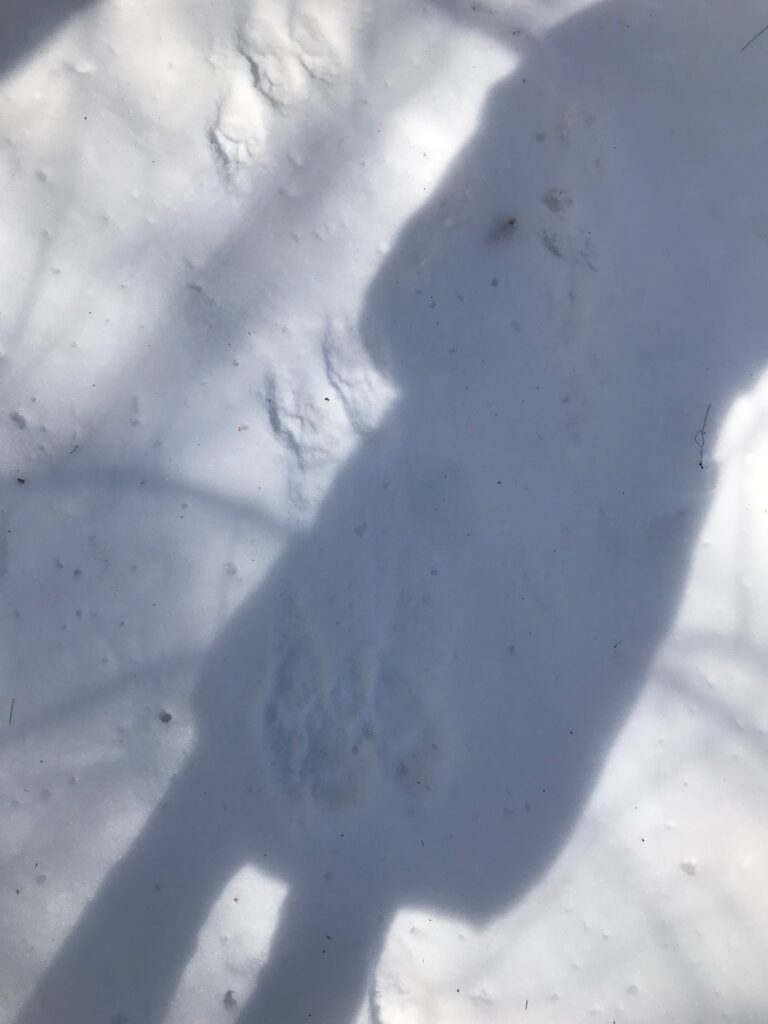
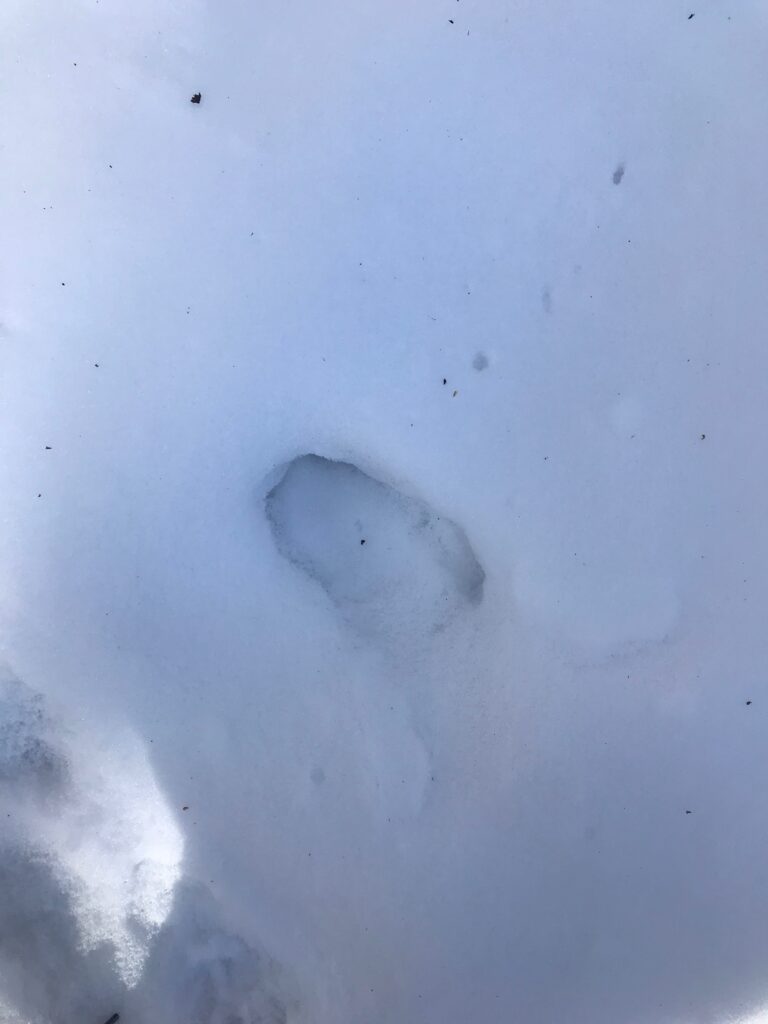
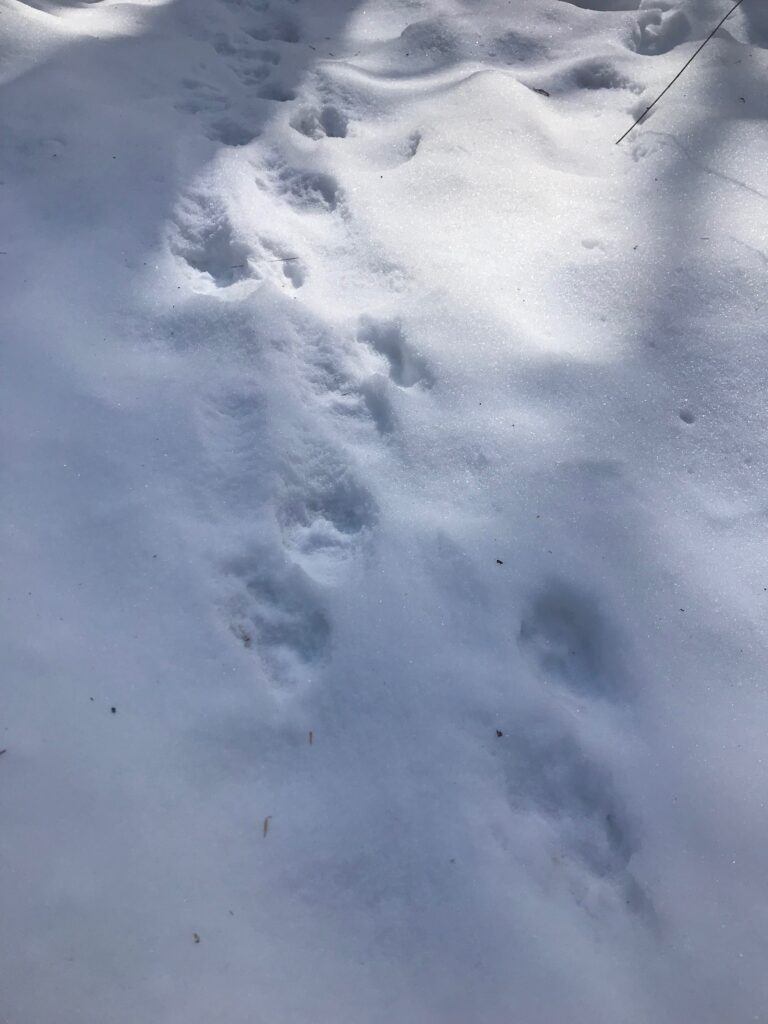
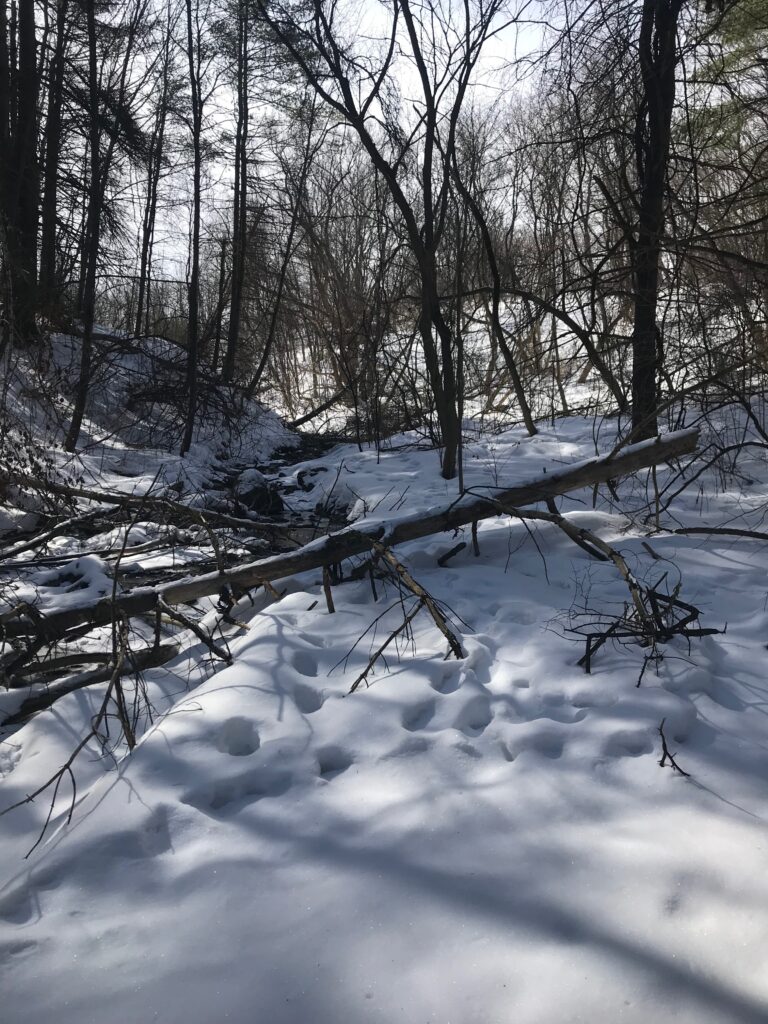

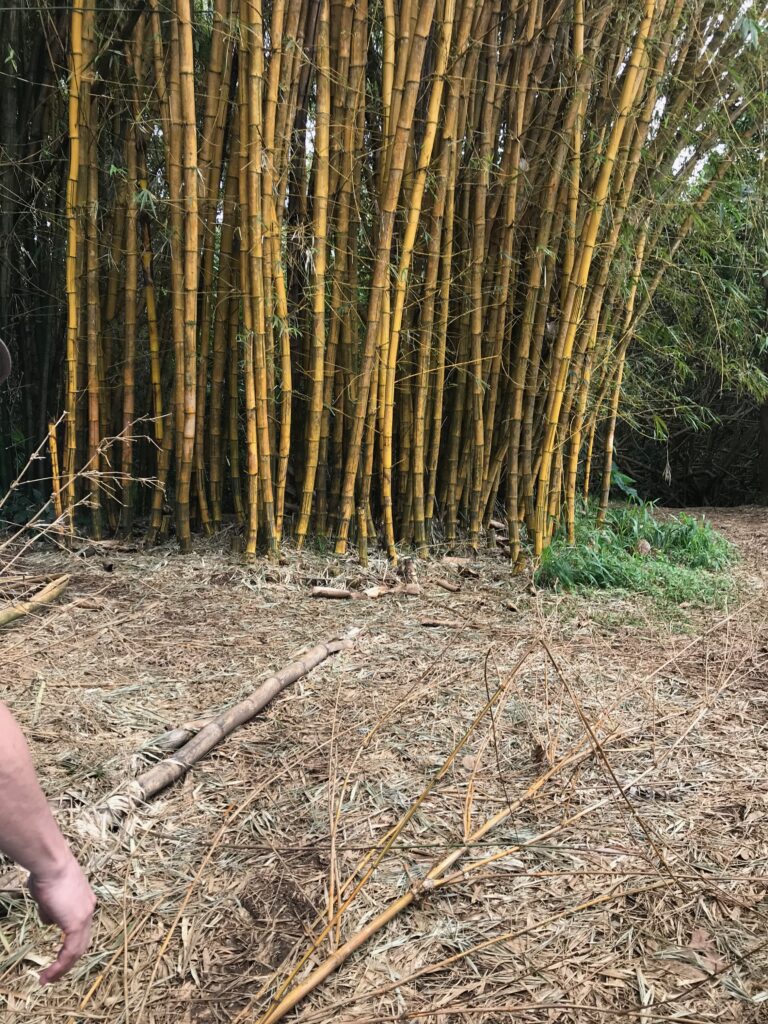

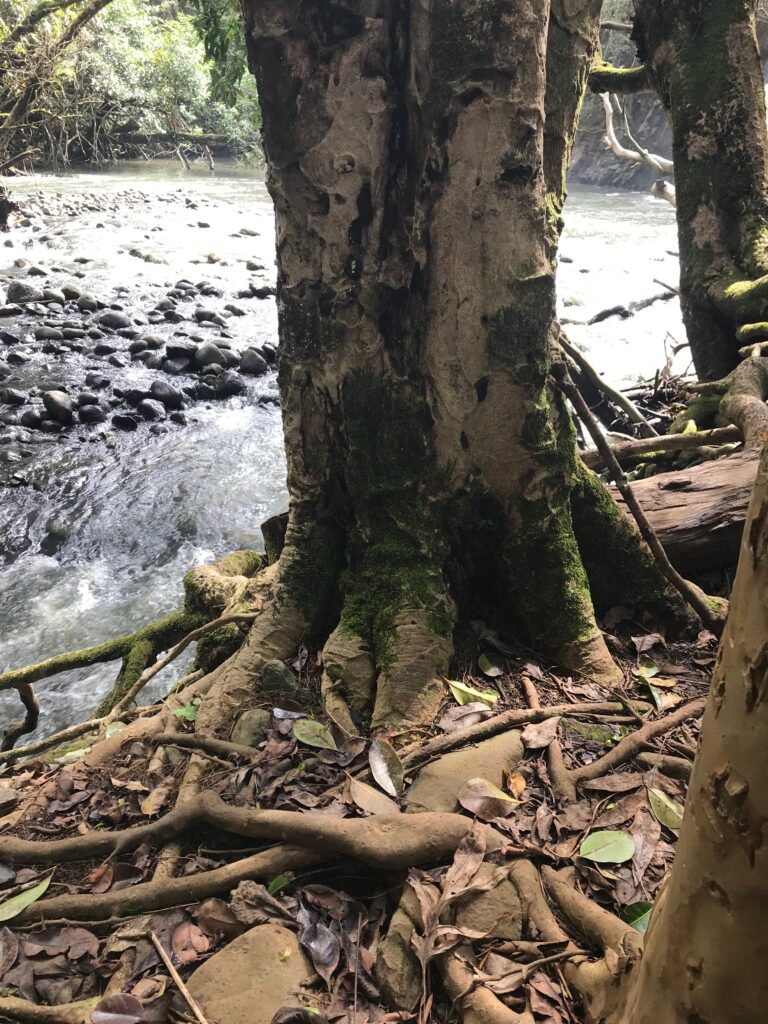
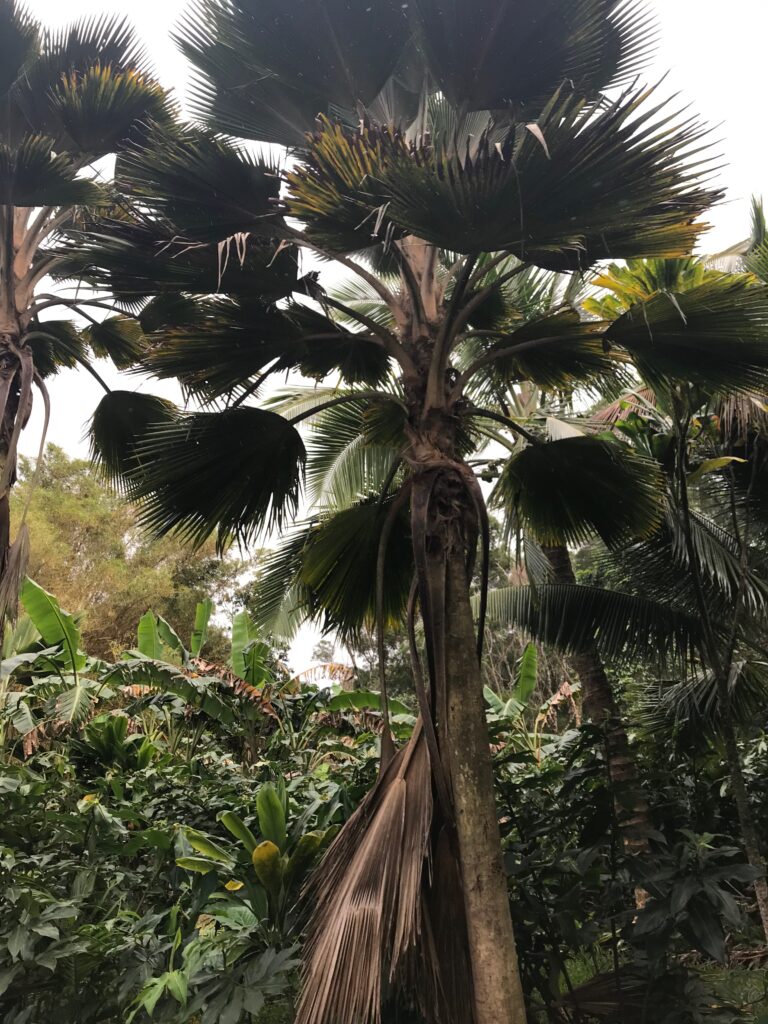
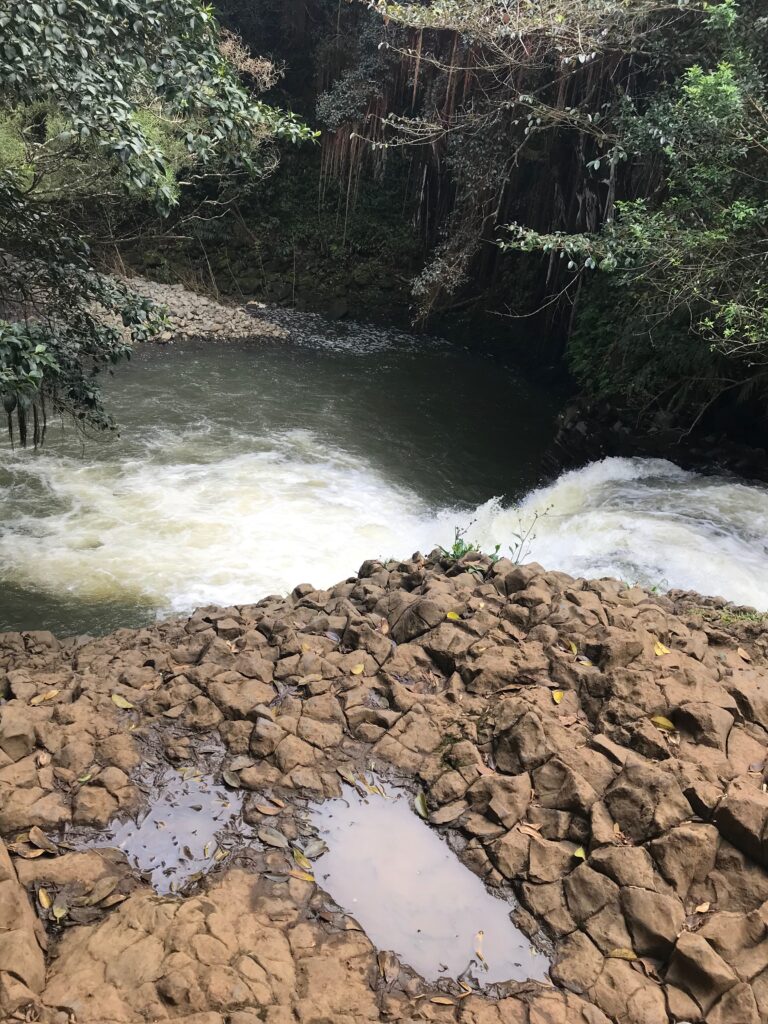

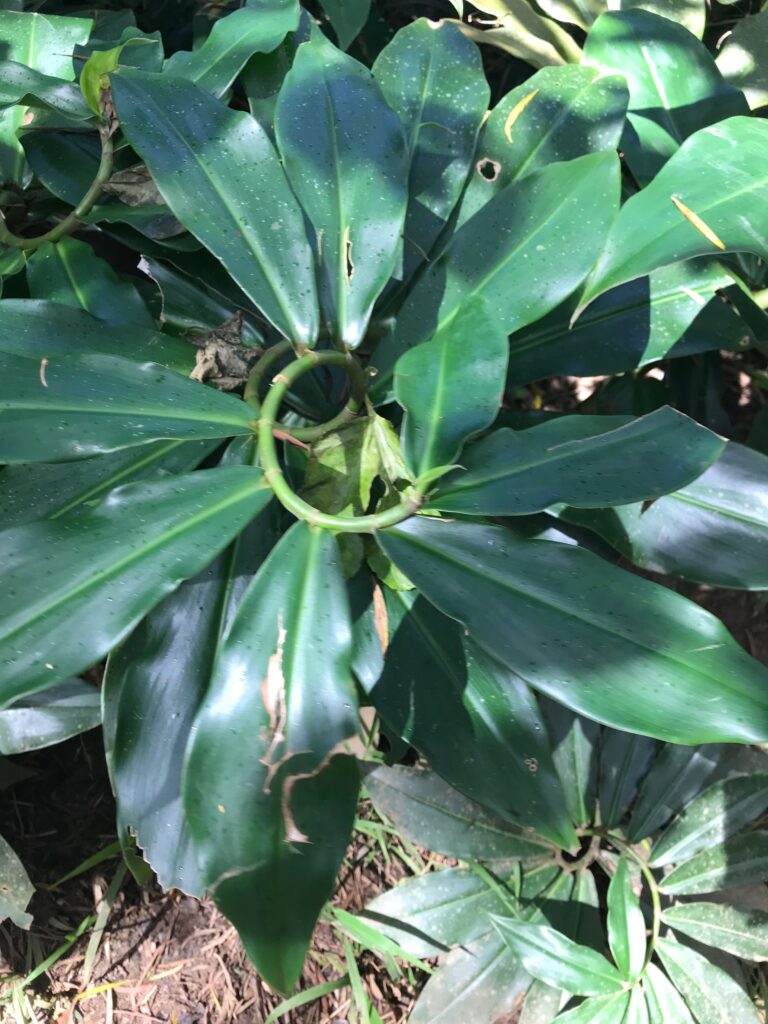

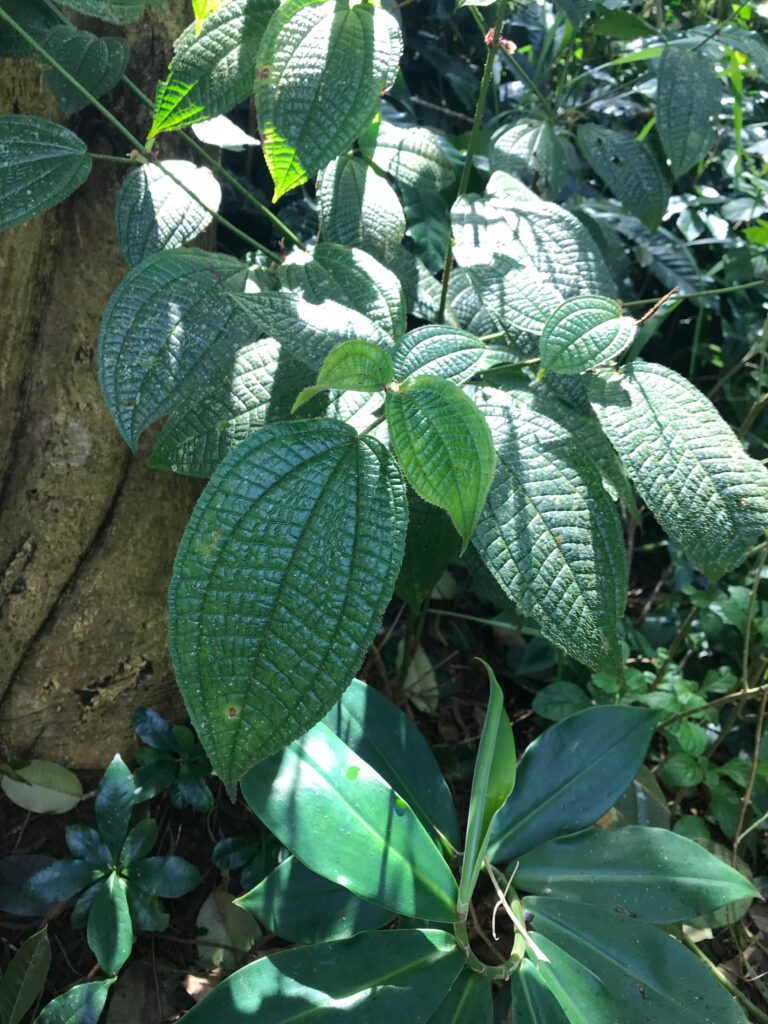
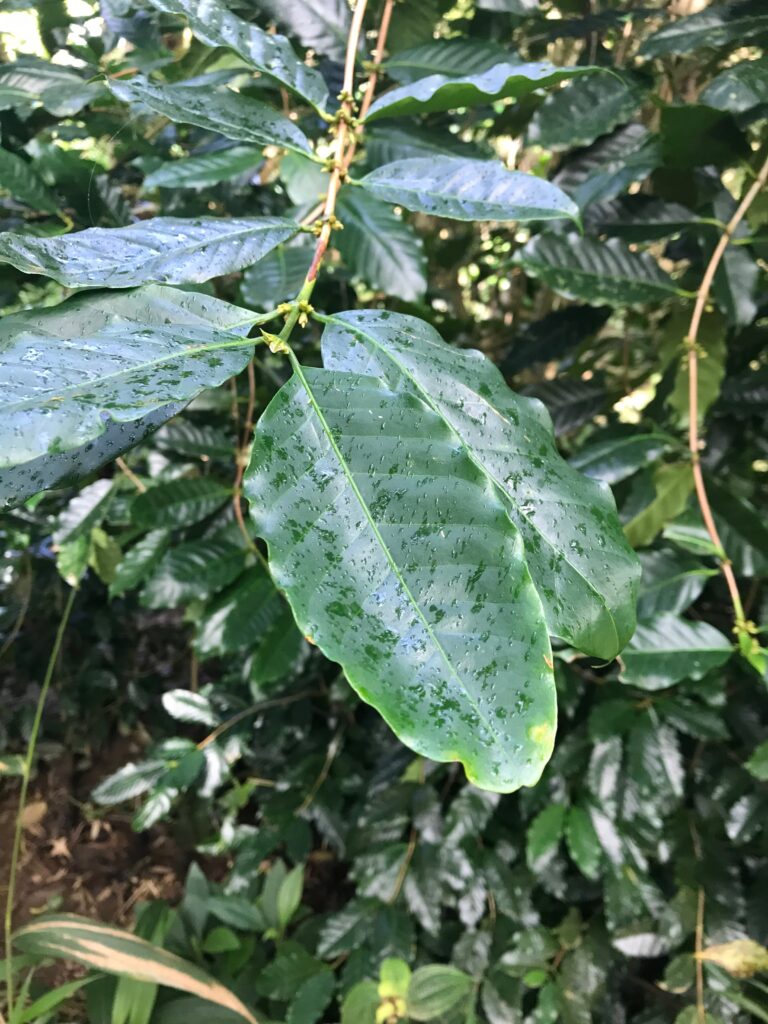
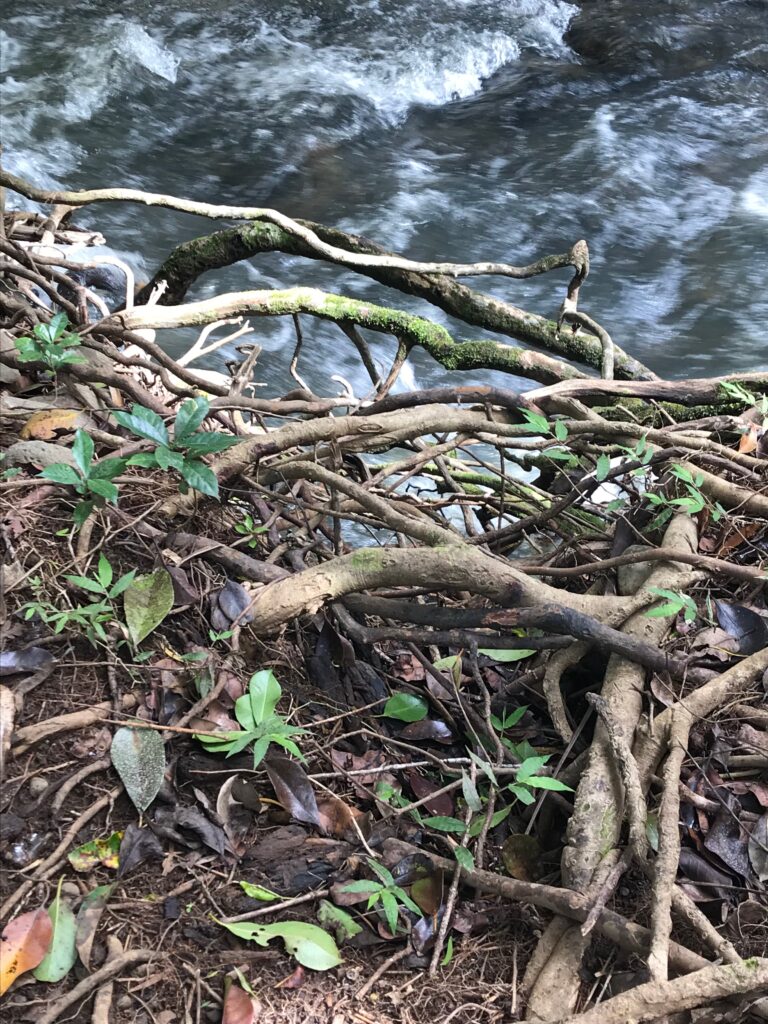
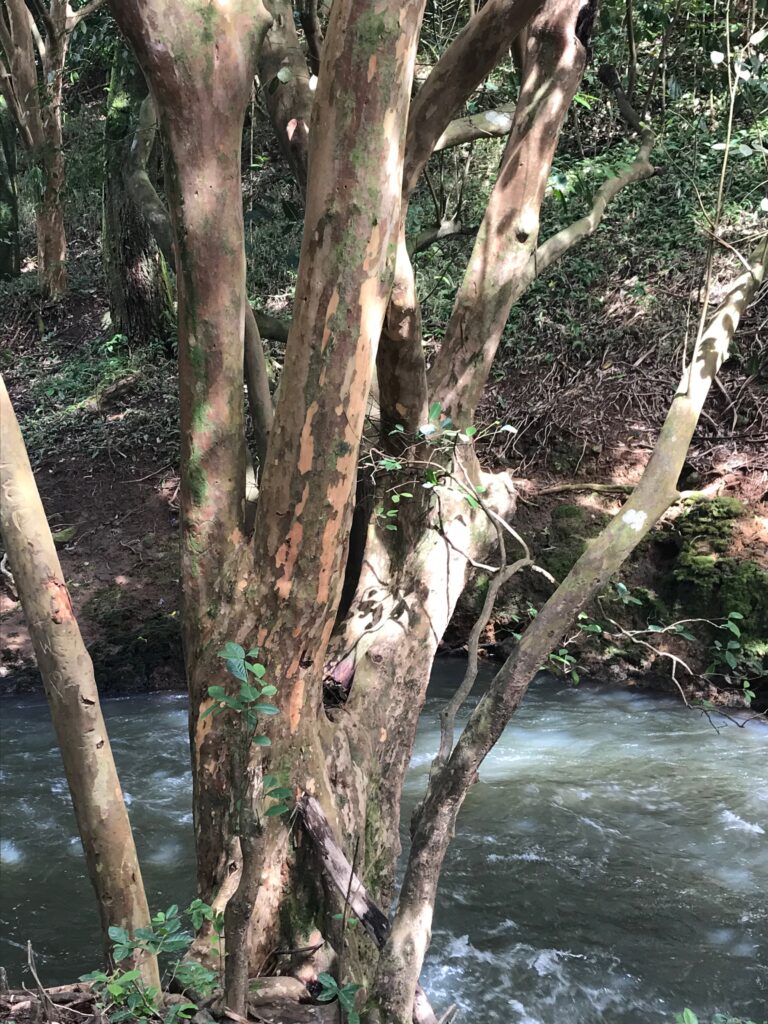
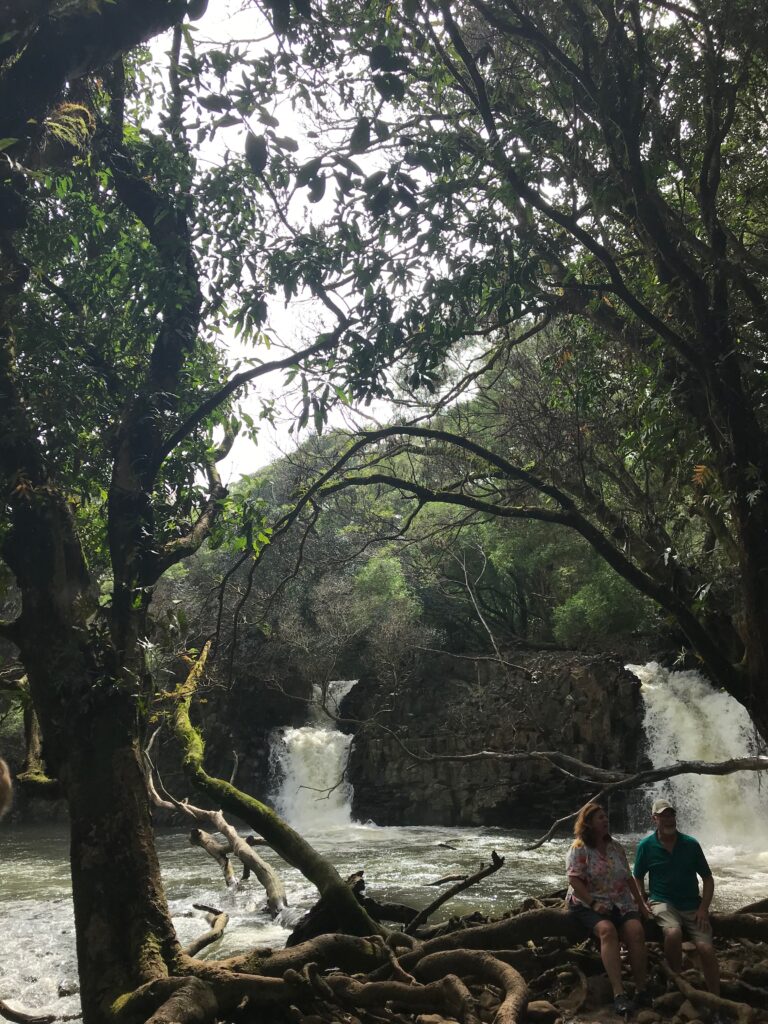


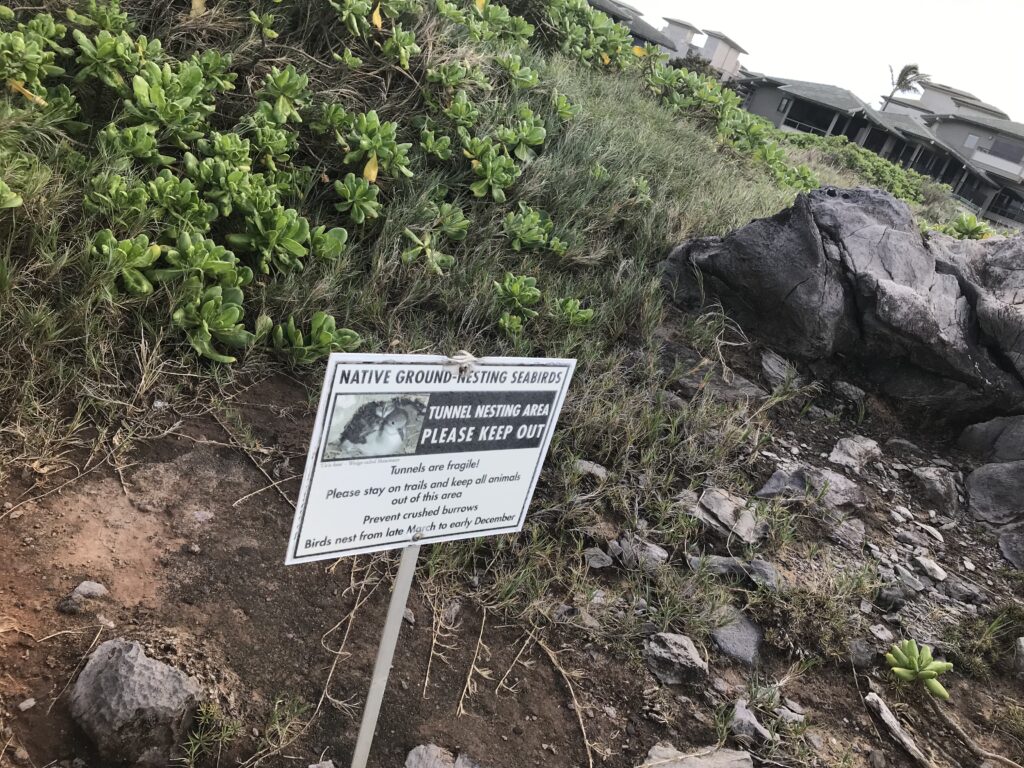
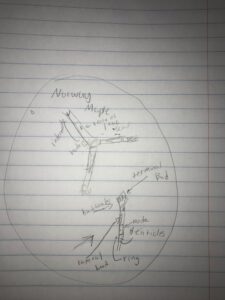
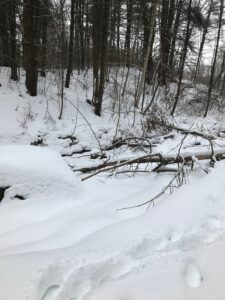
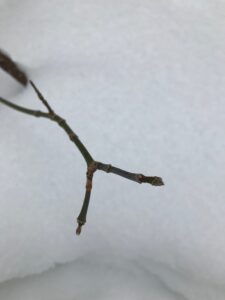
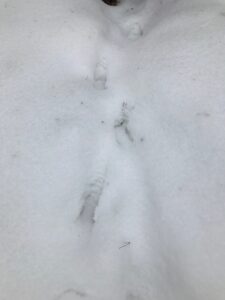


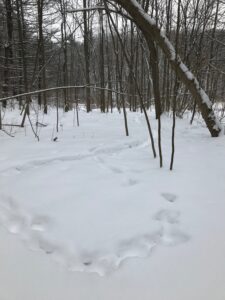
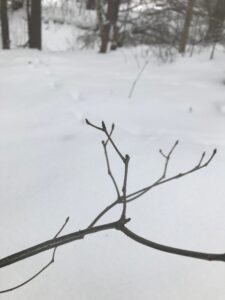
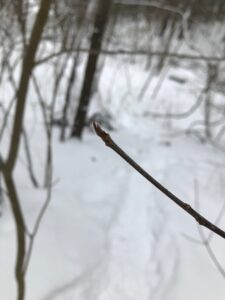
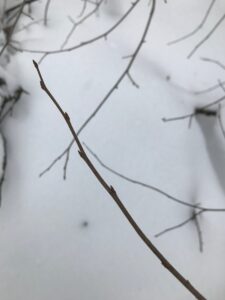


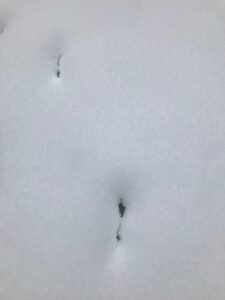
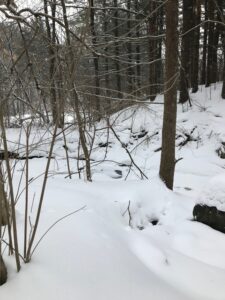
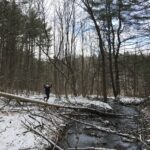

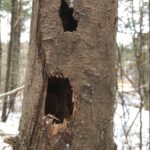
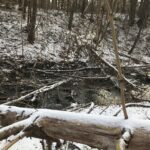
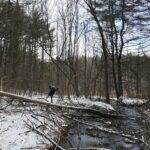


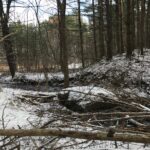
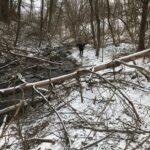
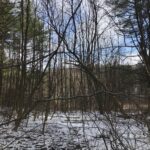

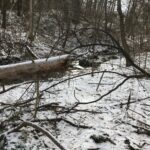
Recent Comments